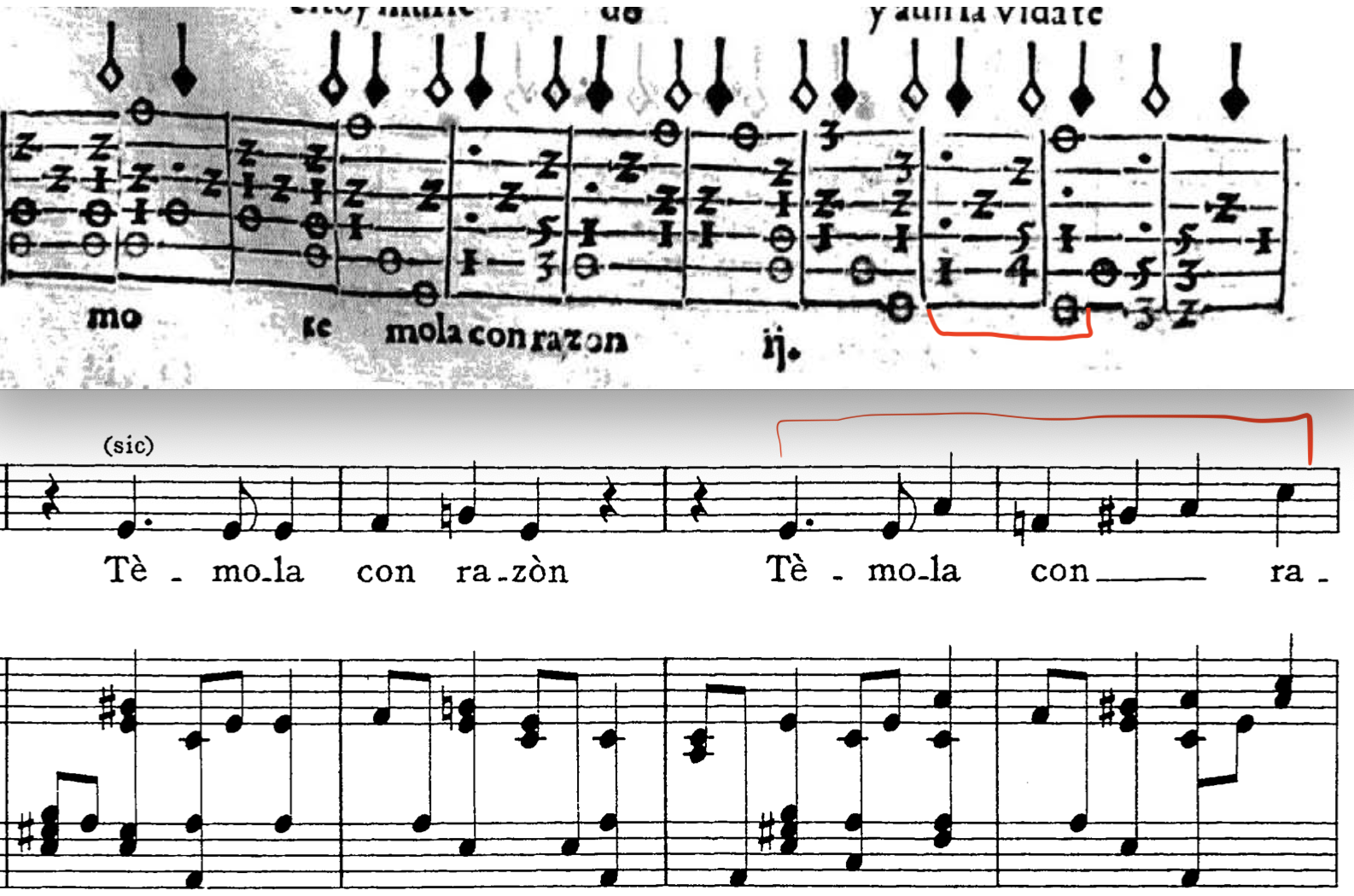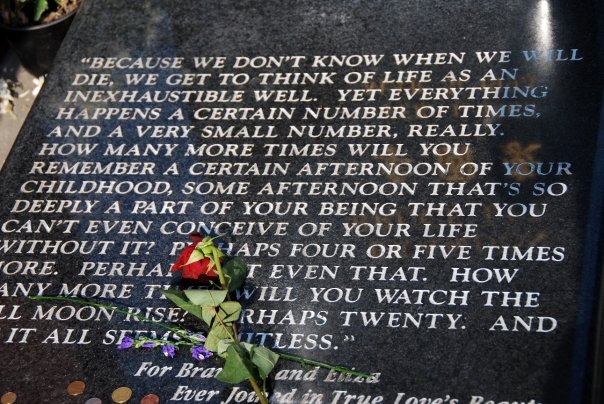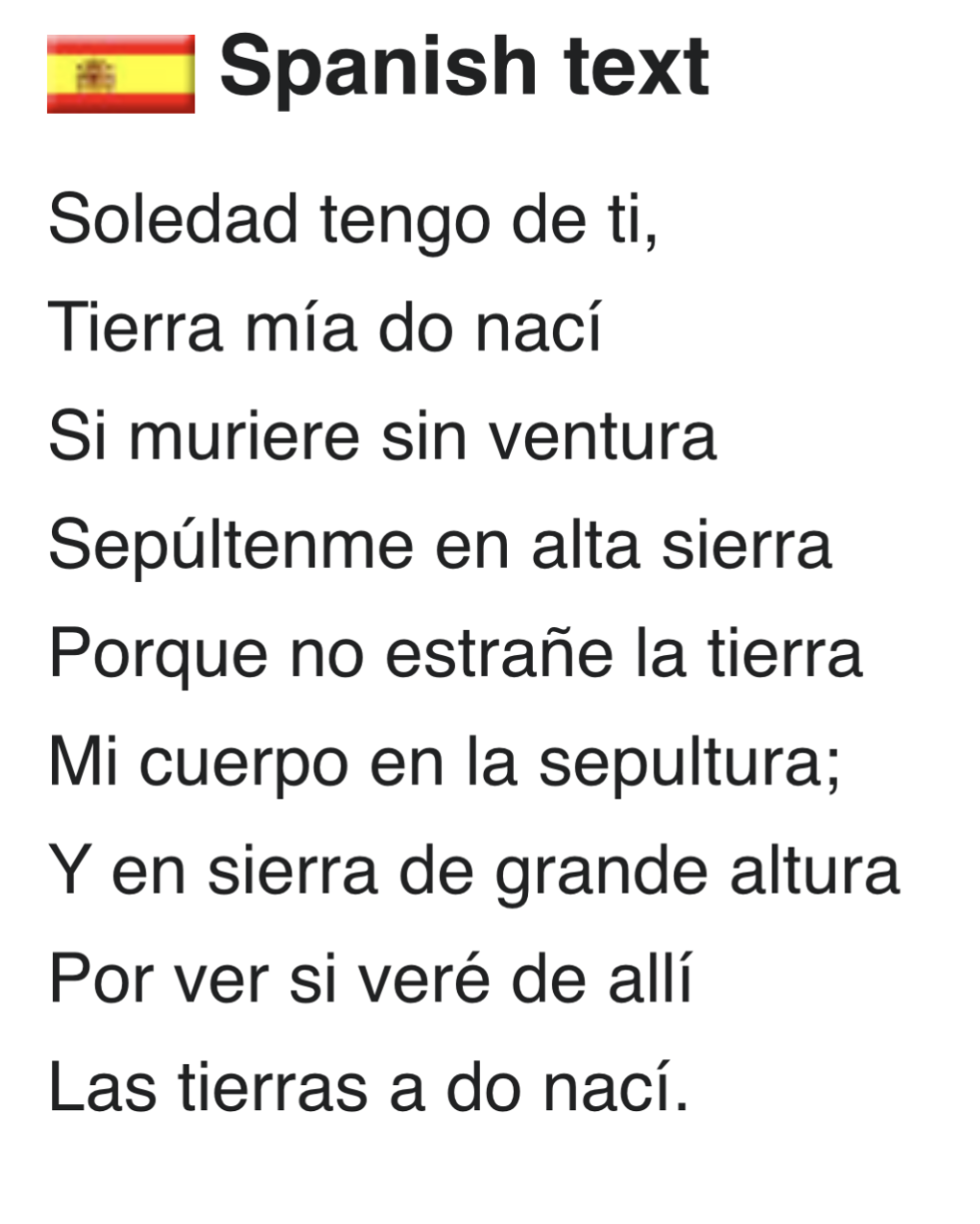|
Ricardo -> RE: Real Tocaores drink Zynar (Nov. 19 2024 14:04:13)
|
quote:
Melodies, where did they go? Maybe right under our noses in the late medieval music in the books like the Cantigas collections of the Spanish courts. This is where I’d hunt to see if we missed something or if the expulsion of Jews buried evidence.
thanks for the article. Well, Cantigas I looked into. There are hundreds, and we have music and text. So the the text is fairly irregular, or, not the specific simple thing that relates to cante, so I find it un interesting in that regard. The melodies also, tied to the irregular text, have this irregular phrasing that is equally not interesting. Lastly, I got bored going through it myself so I checked a study on the cantigas that pointed out the percentage of Phrygian melody is 4/100, and the ones I check, again, not interesting in this regard. Considering that low percentage in conjunction with the recent Persian guy pointing out the Western Phrygian fetish based "hijazkar" only appears in REAL Arab music 1/10hrs by percentage, we see that these musical "influencers on flamenco" or even basic Andalusian cadence type music in general, demands a more specific exemplar justification. In other words, considering the MINORITY tonal situation in known contexts the generalization that Andalusian music is BORROWING or drawing from the minority exemplars of the music styles, pointing to them requires a more specific analogous example. I would LIKE to go with jewish examples, if I could find ANY!!!
Meanwhile, mode 3/4 (Phrygian) is focused on A LOT by the vihuela guys that chose specific parts of Motets and such of the flemish versions of the Catholic mass, regardless if based on plain chants (canto llano) or parody/cantus firmus (canto de organo) polyphony, borrowing often from popular melodies repurposed to latin mass texts. To the point they might organize extracted movements that highlight certain modes or vocal techniques, as would apply to the INSTRUMENT (like falsetas), in specific tonalities, and even have short etudes that further enhance the concept (fantasias and tientos, etc.).
By percentages, you suddenly don't need any exotic folk infusions because they intablated tons of it (phrygian based vocal music) whether sacred or secular lyrically. And I notice lyrically, the "Romances" are not "romantic", nor about knights and such, and the villancicos are NOT Christmas Carrols neither, as the previous letra proves. And considering we still have lexicon relationships to "romance, tientos, villancico, flemish aka flamenco" etc., most of the exotic outside music, really doesn't seem to help explain anything. Again, even specifics of melody, Castro Buendia snatched an endecha in Phrygian with the literal A line of verse of Polo Tobalo we know and love and link direct to flamenco traditional Phrygian song. It would require a lot of extra work to demonstrate said Endecha had Arab/Jew/Hindu/Medieval Cantiga/etc., origin, based only on the weak phrygian fetish thing.
Anyway, I take issue with some of Castro Buendia interpretation, however THAT one is a good catch on his part that SHOULD clue people in to look deeper in this area, cuz there is A LOT there.
Since you seem to agree about the sentiment of the letra I showed, it might be worth driving my point a little further with an interesting vocal thing from another song by Pedro Guerrero I came across in Fuenllana. Keep in mind, "ficta" is often a choice of the vihuela guy and not in the mensural vocal notation sources. But in one very "flamenco" sounding section in Minor key, on the Phrygian Dominant harmony we see the voice doing the infamous "hijaz" or augmented 2nd, F natural to G#, in context (or transposed C-D# in E minor). I thought I would not see that as back then singing this interval was generally avoided, yet there it is.

Images are resized automatically to a maximum width of 800px
|
|
|
|




